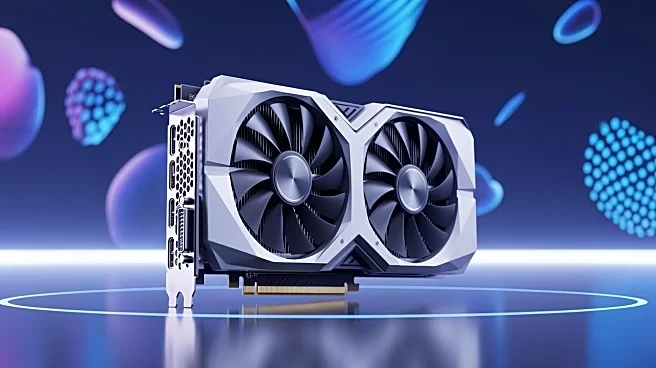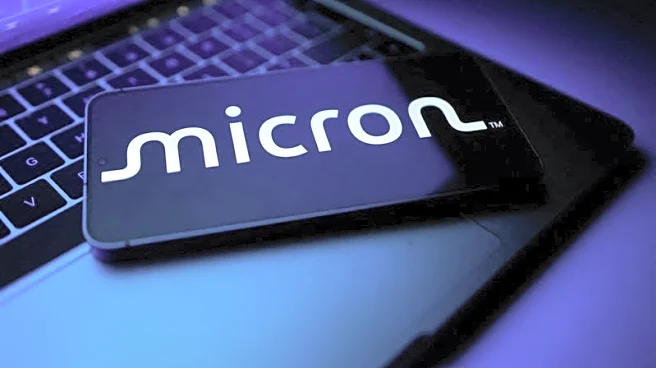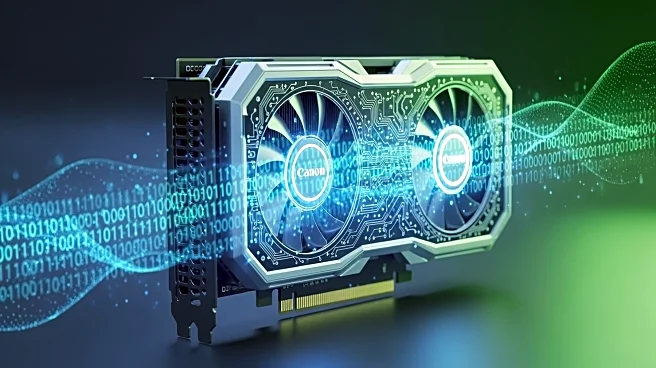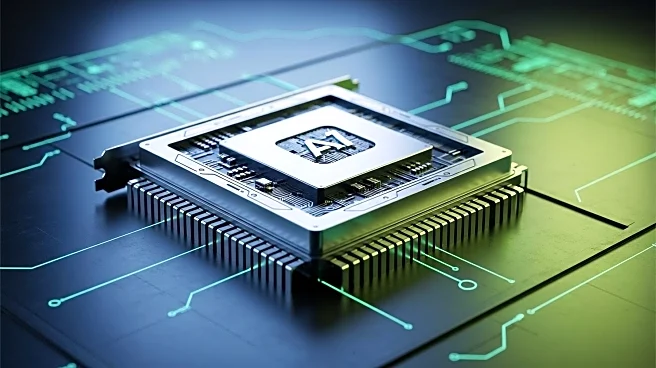What's Happening?
Intel has announced a new data center GPU, codenamed Crescent Island, which is based on the Xe3P architecture. This development could potentially preview Intel's next-generation gaming graphics cards. The Crescent Island GPU is designed for AI inferencing
and features 160 GB of LPDDR5X memory, indicating it may be a value-oriented product in the context of high-cost AI chips. The announcement comes ahead of its expected release in the second half of next year. Notably, there is no mention of the Celestial architecture, which was anticipated to follow Intel's current Battlemage technology.
Why It's Important?
The introduction of the Crescent Island GPU signifies Intel's continued commitment to high-performance PC graphics, despite the absence of the Celestial architecture. This move could impact the competitive landscape in the GPU market, particularly in AI and gaming sectors. Intel's decision to reveal Crescent Island early allows the company to focus on software support for professional GPUs without speculation affecting its development process. The Xe3P architecture's dual application in both data centers and potential gaming GPUs suggests a unified approach, which could streamline Intel's product offerings and enhance its market position.
What's Next?
Intel plans to release the Crescent Island GPU in the latter half of next year. As the company continues to develop its software support for professional GPUs, industry observers will be watching for further announcements regarding its gaming applications. The potential link between Crescent Island and future gaming GPUs remains speculative, but Intel's roadmap indicates that Xe3P will be integral to its next-gen Arc family of GPUs. Stakeholders in the gaming and AI sectors will likely monitor Intel's progress closely, anticipating how this new architecture might influence future product capabilities.
Beyond the Headlines
The Crescent Island GPU's development reflects broader trends in the tech industry, where companies are increasingly integrating AI capabilities into their hardware offerings. This shift could lead to more versatile and powerful computing solutions, impacting various sectors from gaming to data analysis. Intel's strategic decisions regarding its graphics architectures may also influence its competitive strategy against rivals like Nvidia, which has similarly diversified its GPU applications.














